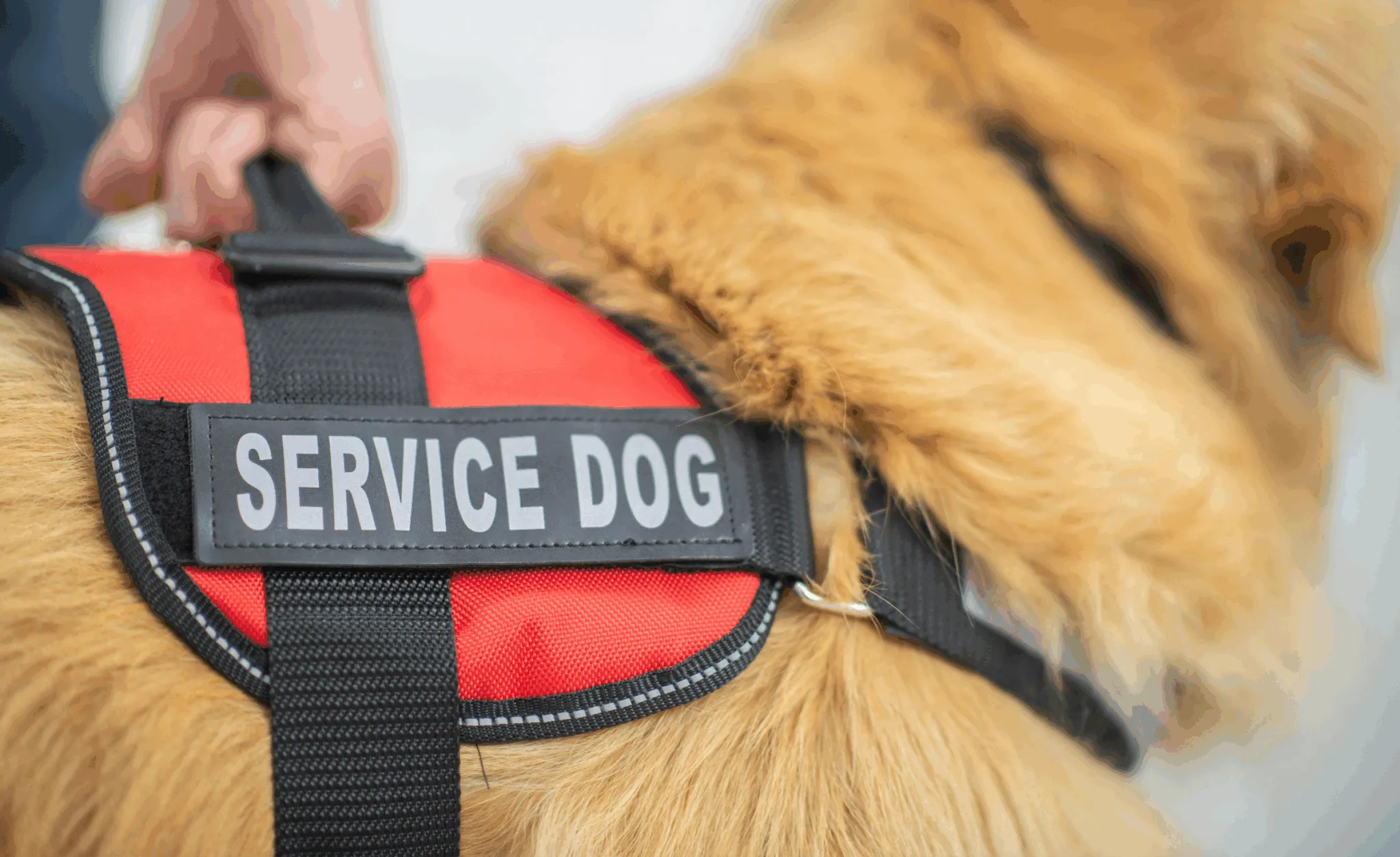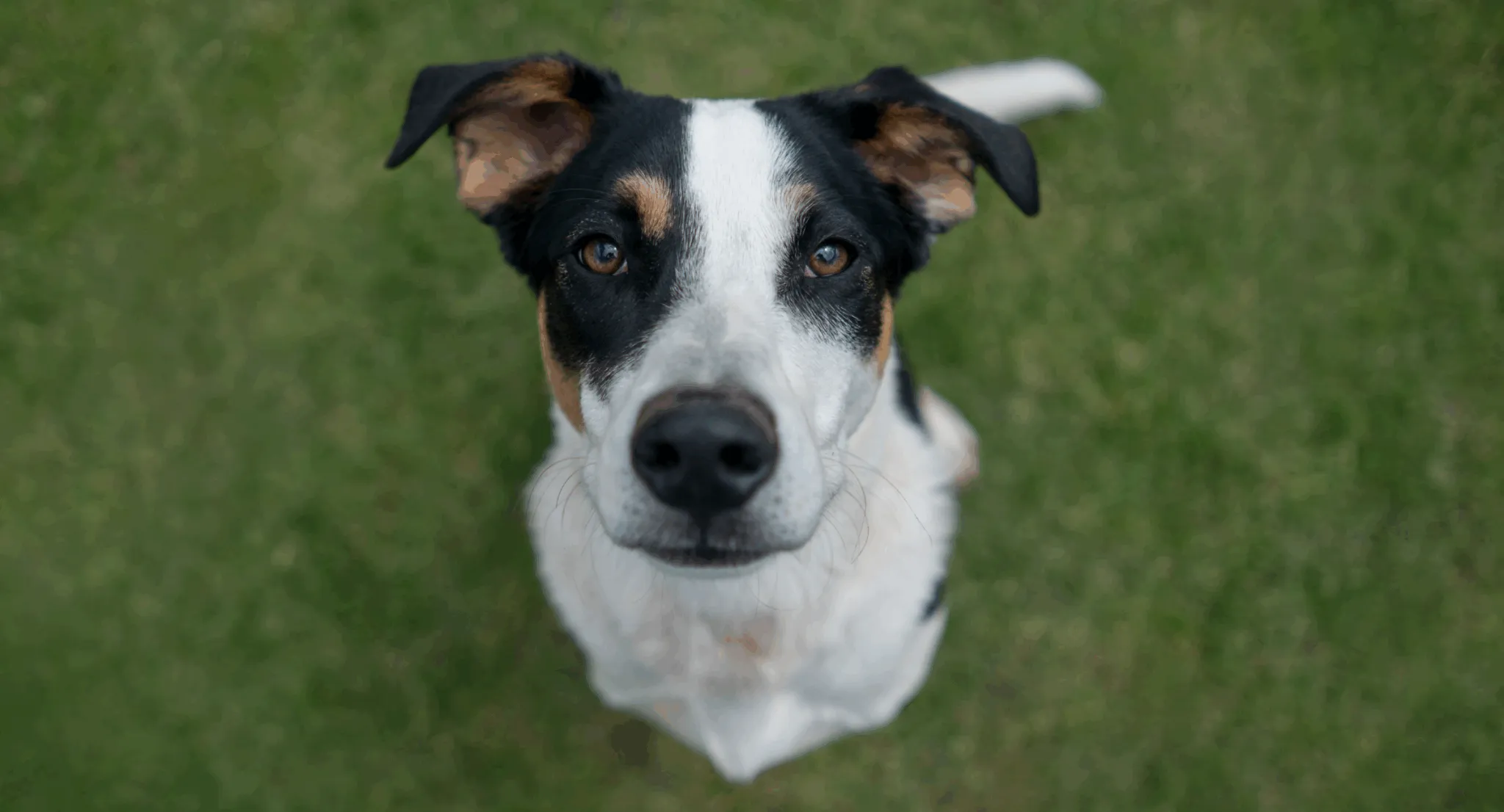Service dogs transform lives by offering vital support for mobility, medical alerts, psychiatric needs, and more. These highly trained partners provide independence and emotional comfort to people with disabilities. If you’re exploring the best service dog breeds, this guide highlights top choices known for their intelligence, trainability, and calm demeanor. From guide dogs to emotional support companions, discover breeds that excel in service roles. For specific tasks like mobility assistance, check out the best breed for mobility service dog.
Whether you’re a first-time handler or evaluating options, understanding breed traits ensures the perfect match for your lifestyle.
 Service dogs assisting with mobility and daily tasks hero image
Service dogs assisting with mobility and daily tasks hero image
Qualities of the Best Service Dog Breeds
The best service dog breeds possess key traits: high intelligence, eagerness to please, stable temperament, and physical stamina. According to the American Kennel Club (AKC), breeds with strong work ethics respond best to rigorous training programs lasting 1-2 years. They must ignore distractions in public, bond deeply with handlers, and perform tasks like retrieving items or alerting to seizures.
Trainability is crucial—dogs scoring high on Stanley Coren’s intelligence rankings, like Border Collies, learn commands 5-15 times faster than average. Loyalty ensures reliability under stress, while physical build suits tasks from balance support to door opening. Not every dog succeeds; only 50% of candidates graduate programs, per Assistance Dogs International.
Top 10 Best Service Dog Breeds
These breeds consistently rank among the best service dog breeds due to proven performance in real-world roles.
1. Labrador Retriever
Labrador Retrievers top lists of best service dog breeds for their friendly nature and versatility. Highly intelligent and food-motivated, they master guide work for the blind, hearing alerts, and mobility tasks. Their sturdy 55-80 lb frame supports users up to 200 lbs, per AKC standards.
Labs thrive in families, adapting to apartments or homes. With proper training, they detect glucose changes or provide deep pressure therapy.
 Labrador Retriever performing service dog tasks
Labrador Retriever performing service dog tasks
2. Golden Retriever
Golden Retrievers shine as psychiatric service dogs, sensing anxiety and offering comfort. Their gentle temperament and empathy make them ideal for PTSD support, learning to interrupt panic attacks.
Patient and trainable, they excel in therapy roles, forming unbreakable bonds. Goldens handle daily tasks like opening doors effortlessly.
 Golden Retriever providing emotional support as service dog
Golden Retriever providing emotional support as service dog
3. German Shepherd
German Shepherds are powerhouse service dog breeds, valued for protection and alertness. Used by police and military, they transition seamlessly to civilian service, aiding mobility or detecting allergens.
Their disciplined work ethic shines in high-pressure scenarios, with loyalty protecting handlers.
For balance needs, explore best service dog breeds for balance.
 German Shepherd in service dog training
German Shepherd in service dog training
4. Standard Poodle
Standard Poodles defy stereotypes as hypoallergenic best service dog breeds. Ranking second in intelligence, they guide the visually impaired or alert to sounds with precision.
Curly coats reduce allergens by 30% compared to shedding breeds, per studies. Athletic builds suit active handlers.
 Standard Poodle assisting as guide dog
Standard Poodle assisting as guide dog
5. Bernese Mountain Dog
Bernese Mountain Dogs provide robust mobility support with their 100+ lb frames and calm strength. Draft dog heritage equips them for bracing during transfers.
Affectionate giants calm nerves in therapy settings, responding well to commands.
 Bernese Mountain Dog offering mobility assistance
Bernese Mountain Dog offering mobility assistance
6. Border Collie
Border Collies, among the smartest service dog breeds, learn 200+ commands rapidly. Ideal for medical alerts, they interrupt behaviors or fetch meds.
High energy demands mental stimulation, making them perfect for dynamic lifestyles.
For diabetic alerts, see best service dog breeds for diabetics.
 Border Collie demonstrating advanced service training
Border Collie demonstrating advanced service training
7. Great Dane
Great Danes counter size with gentleness, serving as counterbalance for mobility-impaired users. Their height aids wheelchair stability.
Calm under stress, they support psychiatric needs effectively.
 Great Dane providing physical support service
Great Dane providing physical support service
8. American Staffordshire Terrier
AmStaffs prove loyalty in PTSD roles, reading emotions calmly. Proper socialization yields focused performers.
Strong builds handle physical tasks reliably.
Check best dog breeds for medical alert for more.
 American Staffordshire Terrier as psychiatric service dog
American Staffordshire Terrier as psychiatric service dog
9. Cocker Spaniel
Cocker Spaniels offer compact service dog breeds for hearing or emotional support. Sweet and adaptable, they fit urban homes.
Deep bonds provide reassurance daily.
 Cocker Spaniel in emotional support role
Cocker Spaniel in emotional support role
10. Mixed Breed Dogs
Mixed breeds blend traits for customized service, often from rescues. Temperament trumps pedigree—many outperform purebreds post-training.
 Mixed breed dog excelling in service work
Mixed breed dog excelling in service work
Learn about the best type of dog for service dog.
Choosing Your Ideal Service Dog Breed
Match best service dog breeds to needs: Labs for versatility, Poodles for allergies, Giants for strength. Assess space, activity, and tasks. Partner with accredited trainers like those from the International Association of Assistance Dog Partners for 85% success rates.
Key Takeaways
Top best service dog breeds like Labs, Goldens, and Shepherds excel due to smarts and steadiness. Prioritize training over breed. Tailor to your life for lasting partnership.
Final Thoughts
Selecting from the best service dog breeds empowers independence. Consult vets and trainers for health screenings. Start your journey to a loyal aide today—read more on dog care for inspired choices.
References
- American Kennel Club (AKC): Labrador Retriever
- PetMD: Golden Retriever
- Assistance Dogs International: Training standards
